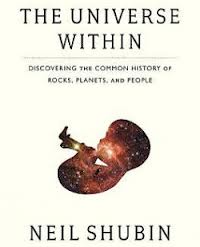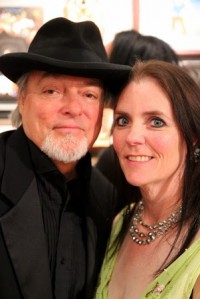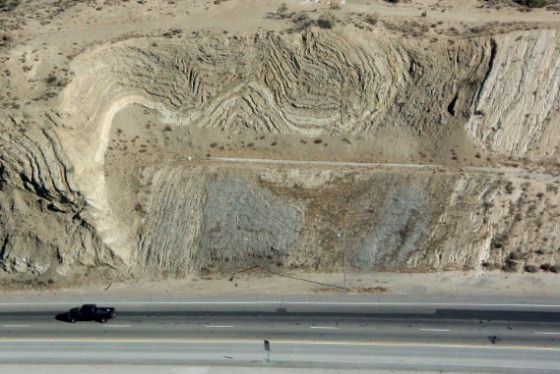The Rough Fist of Reason!
This week I’d like to share something a little different: an out-of-copyright detective story published way back in 1916. “The Rough Fist of Reason”—one of the “Strange Cases of Magnum, Scientific Consultant” by Max Rittenberg (1880–1965)—tells the tale of a fictional on-site skeptical investigation into the operation of a slick Spiritualist medium and a perplexing photograph of an astral manifestation. It is charmingly dated and over the top, and yet it is also astonishingly familiar. It echoes not only much of the language and arguments of the modern skeptical movement, but also some of the clichés and ongoing debates of our field. Like some modern portrayals of skeptics in fiction (I’m reminded here of Hugh Laurie’s Dr. House or Benedict Cumberbatch’s Sherlock Holmes) Magnum is a hard, overconfident debunker with little empathy for the purveyors or consumers of paranormal ideas: “He was an inveterate opponent of superstition or nebulous fancy presented to the world in the garments of science, and wherever possible, liked to smash a fist into it.” In his merciless materialism, he is both brilliant and callous; admirable, and yet conceivably dangerous to the wellbeing of those he encounters.





